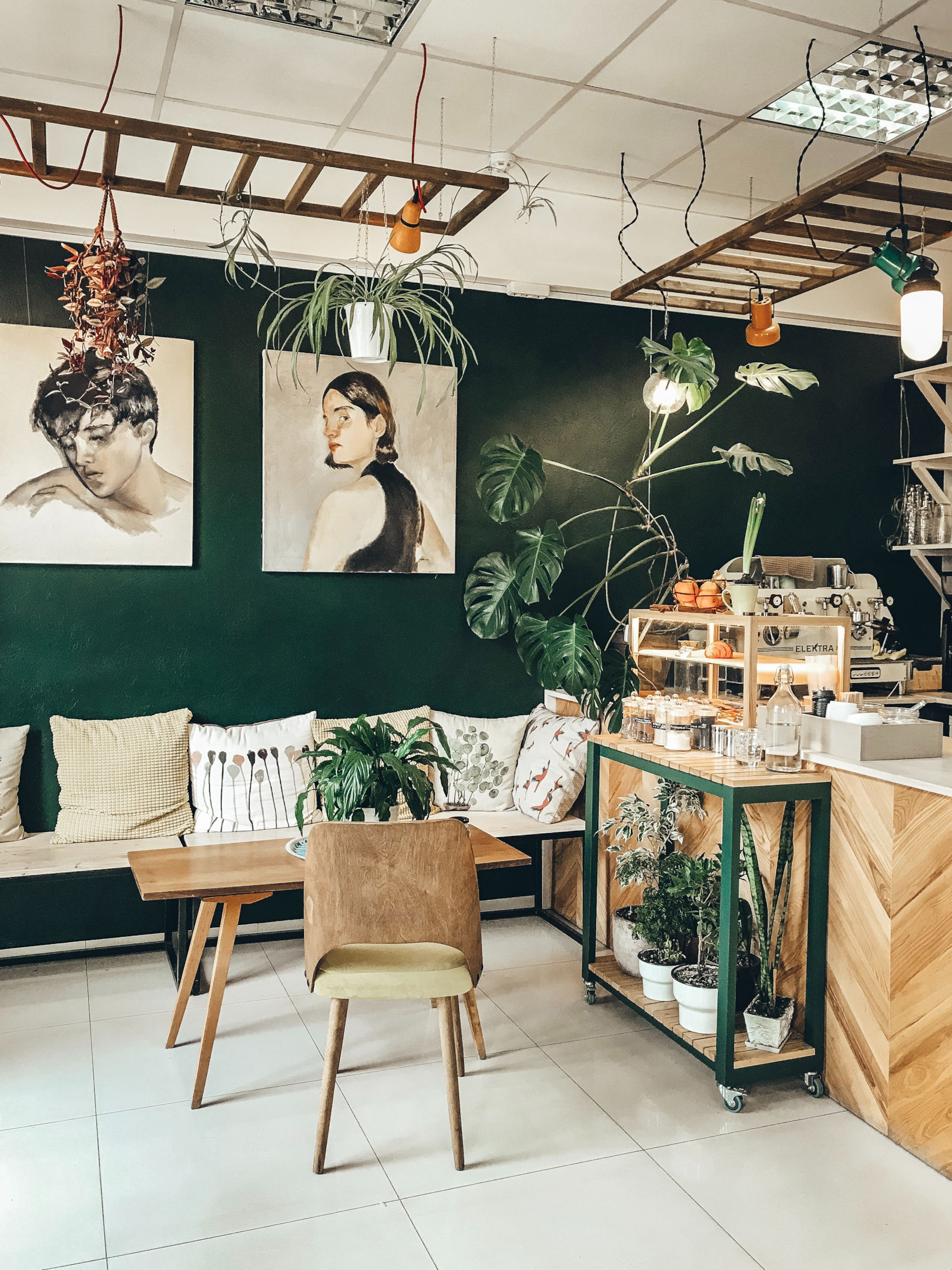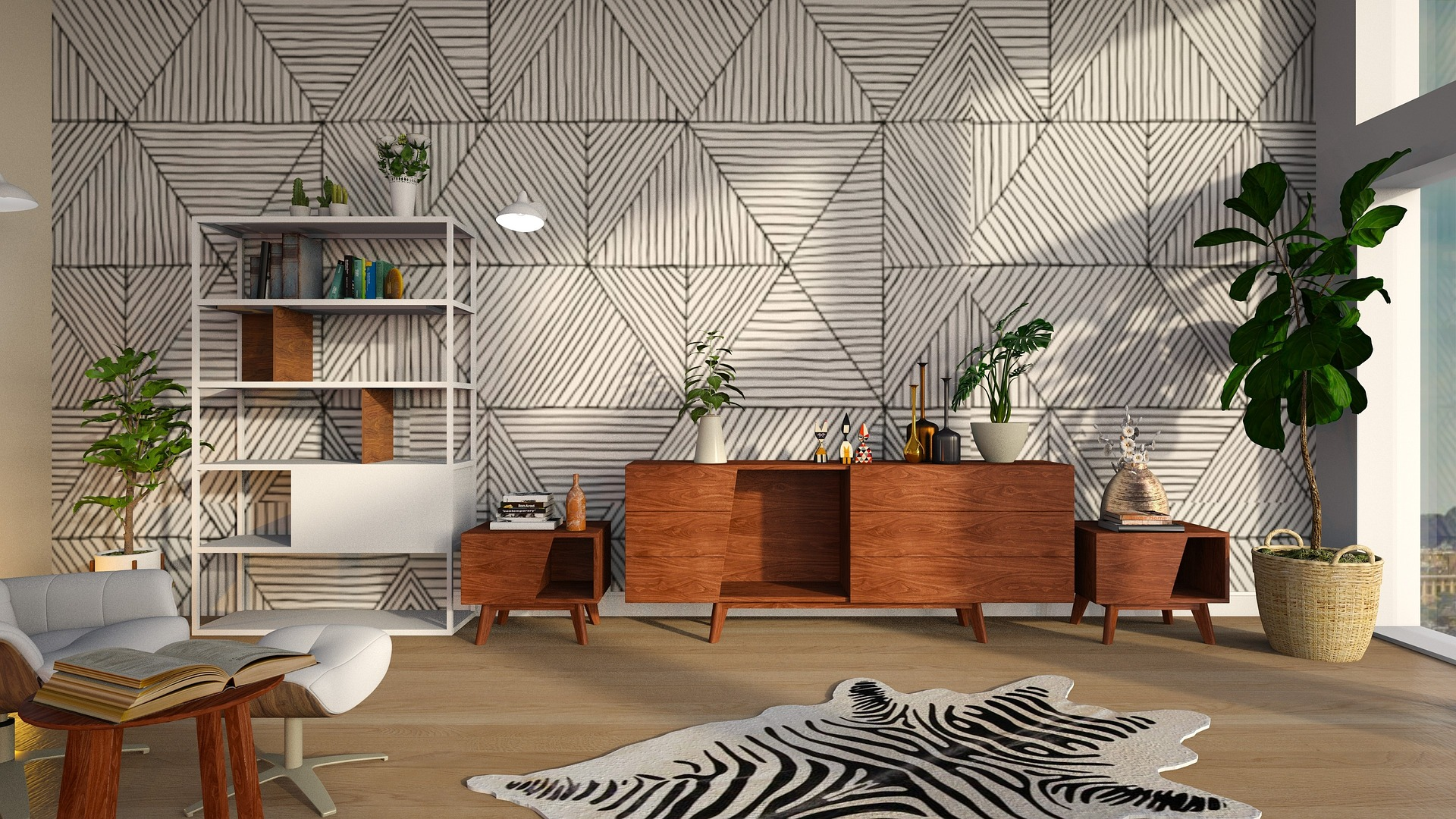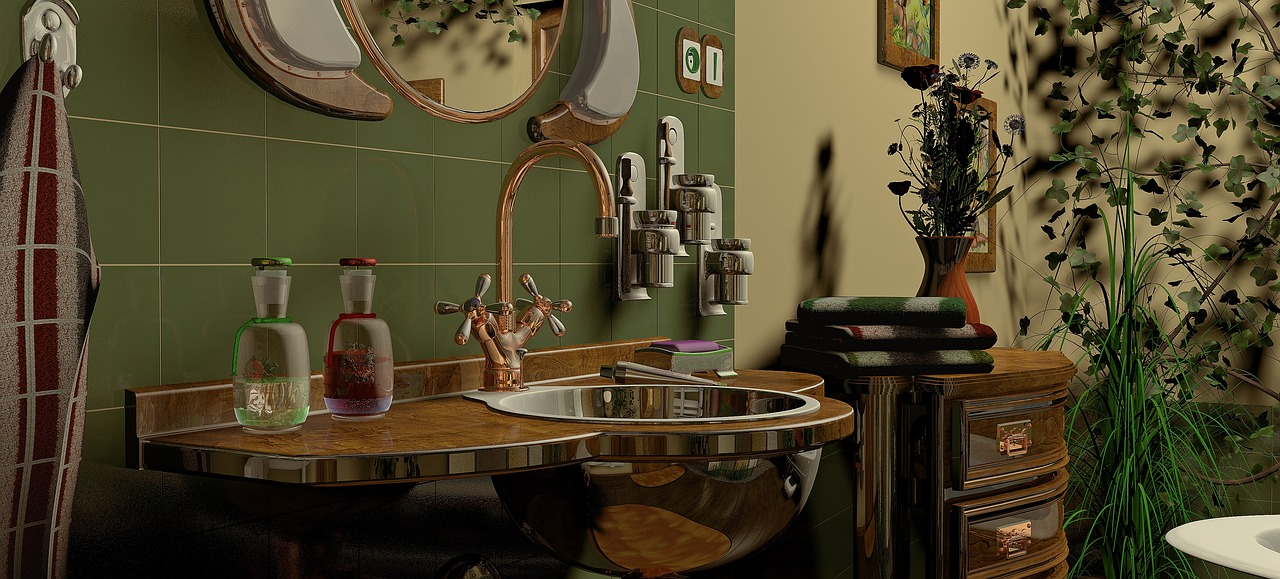
The Power of Storytelling in Interior Design
In the world of interior design, a captivating story can transform a space into a truly immersive experience. By intertwining storytelling with design, professional interior designers can create meaningful connections, evoke emotions, and leave a lasting impact on occupants.
In this article, we will explore the concept of storytelling in interior design and delve into the importance of these components in crafting an engaging interior design narrative. Let's unlock the potential of storytelling in the design process and discover how it enhances the art of creating captivating spaces.
Understanding Storytelling in Design

Storytelling in design refers to the practice of incorporating narrative elements into the design process to convey a compelling story or message.
It goes beyond mere aesthetics and focuses the designer on creating a cohesive and immersive experience that resonates with the users of the space. Interior designers have the unique opportunity to develop a design concept inspired by a personal narrative or a broader theme, which becomes the foundation of their creative journey.
Elements of Storytelling in Design
To effectively incorporate storytelling in interior design, several elements come into play. These include:
Theme and Concept Development: Establishing a central theme or concept that serves as the backbone of the project and design narrative.
Spatial Arrangement: Using the layout and flow of the space to guide the storytelling journey, emphasizing key moments or focal points of the main story.
Colour and Material Selection: Employing colours and materials that align with the narrative, evoke specific emotions, and enhance the overall experience.
Texture and Sensory Elements: Incorporating tactile surfaces, lighting, and sound to create a multi-sensory experience that immerses occupants in the narrative.
Art and Decorative Elements: Curating art pieces, furnishings, and accessories that contribute to the whole storytelling interior design process and reinforce the desired atmosphere.
Steps in the Storytelling in Design Thinking Process:
Research and Inspiration: Gather information, understand the client's story, and draw inspiration from the client and various sources.
Concept Development: Build upon the research and inspiration to develop a strong design concept that embodies the narrative. Identify key elements, motifs, or symbols that will be integrated into the interior design concept.
Visualization: Utilize sketches, mood boards, or digital renderings to visualize how the design narrative will manifest in the space. This helps in communicating the emotional meaning of the concept to clients and other stakeholders.
Material and Color Selection: Choose materials, finishes, and colours that align with the narrative and evoke the desired emotions. Consider the tactile qualities, visual impact, style and symbolism associated with each choice.
Spatial Planning: Arrange furniture, fixtures, and architectural elements of the spatial environment in a way that supports the storytelling journey. Create zones or focal points that highlight key moments or elements of the narrative.
Detailing and Decoration: Pay attention to the more minor details, such as accessories, lighting, and decorative elements, to enhance the narrative and create a cohesive experience. Each element should contribute to the overall story.
Refinement and Iteration: Continuously evaluate and refine the design, ensuring it stays true to the design concept developed in the narrative and meets the functional requirements.
Final Execution: Bring the design narrative to life through the implementation of the chosen materials, furnishings, and finishes. Pay attention to the craftsmanship and quality of execution to ensure the integrity of the narrative.
The Importance of Storytelling in Design Thinking

Storytelling plays a vital role in design thinking as it a new perspective and helps designers connect with the users on a deeper level. By understanding the users' needs, desires, and aspirations, interior designers can tailor the design narrative to create spaces that resonate with the intended audience. It allows for a more thoughtful and empathetic approach to design, resulting in environments that go beyond functionality and aesthetics, and instead evoke emotions and foster meaningful experiences.
Incorporating Storytelling into Design Decisions

Storytelling can guide design decisions at every stage of the process. From initial concept development to material selection, furniture arrangement, and final touches on interiors, the design narrative acts as a compass, ensuring that each element contributes to the overarching story.
By consistently referring back to the narrative, interior designers can make informed decisions that align with the desired atmosphere and purpose of the space.
Conclusion
Beautiful artwork by Melodie Mui, titles "Still, Still, Still"
Storytelling has become an integral part of interior design, enabling designers to create captivating spaces that resonate with users. By infusing design concepts with personal narratives, cultural influences, or thematic design elements themselves, interior designers can craft immersive experiences that evoke emotions and leave a lasting impression. The power of storytelling in design lies in its ability to create connections, communicate ideas, and transform spaces into compelling narratives. So, let the stories unfold and let your interior design speak volumes through the art of storytelling.
Storytelling Artterra Artists
Krista Powers: When Joy Visits
Krista Powers is a Multidisciplinary Visual Artist with 6 National Accreditations in Canadian Professional Photography in the genres of Fine Art/Photo Decor, Botanical, Ornithology/Birds, Nature, Fantasy Illustration, and Pictorial Scenic. She has also participated as a judge on panels for both Regional and National photographic competitions, as well as competing and winning several awards with her own photography work. Although she is most known in her local area for her award-winning photographic works she is also a passionate Abstract Mixed Media Artist.
Krista Powers' art piece, "When Joy Visits," exemplifies the power of storytelling in interior design. The painting itself becomes the focal point of a narrative, conveying a specific emotion and inviting viewers to immerse themselves in the experience of joy. The artist's deliberate choice of warm and vibrant colours serves as a visual language, communicating the essence of happiness and contentment.
Aly Macdonald: Green-eyed
Aly (Joy-Lily) McDonald is a Black-biracial Mad Acrylic Painter and Visual Artist navigating emotions, bodily autonomy and bodily integrity, through art. She focuses on nudity and self-discovery. Every individual’s body is their own, and using vibrant and bold acrylic colour combinations, Aly wants to emphasize that even when a body is in the ‘vulnerable’ state of nudity, it is still never anyone’s to have or take.

Aly (Joy-Lily) McDonald's abstract nude painting, "Green-eyed" exemplifies the power of storytelling in the form of interior design. It challenges societal standards, encourages acceptance, and sparks conversations about bodily autonomy. By incorporating provocative elements and encouraging self-reflection, interior designers can create spaces that embrace diversity and initiate meaningful narratives within the built environment.

Discover other artterra artists and their stories on our website!


